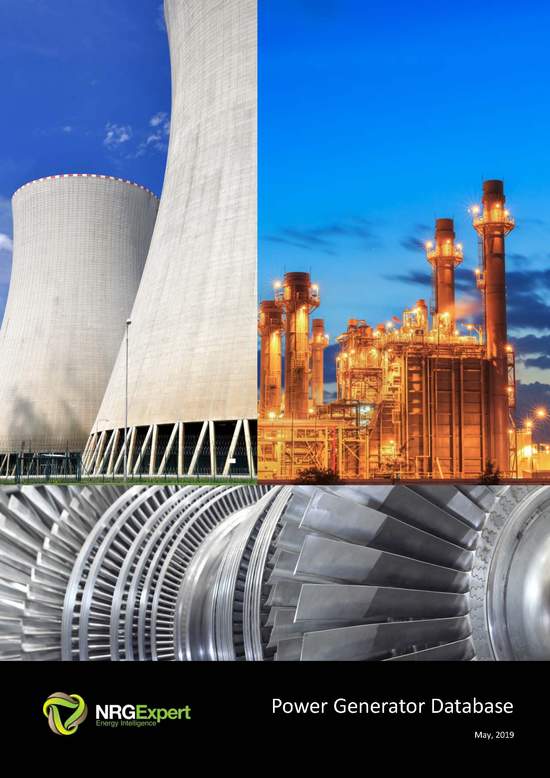Are you looking for data on the total energy generated by each fuel type? NRG Expert offers the most comprehensive database of global fuel generating capacity, and future power forecasts to 2035. This comprehensive database provides detailed information on fuel reserves, fuel generation and new and existing power plants. It contains in-depth market data categorised by country and fuel type, including the US and the UK.
Key reasons to purchase this research
- Understand how much power each fuel generates historically, presently and in the future
- View data on future fuel forecasts. What is the capacity of each future fuel reserve?
- Find out about the proven fossil fuel reserves
- Use this market intelligence product to work out how to generate more electricity when sufficient capacity is not present
- Manipulate the in-depth data for business forecasting
What’s in this Database?
NRG Expert’s Power Generator Database contains a by country/fuel database of:
- Generation capacity by fuel (1990-2035)
- Net generation by fuel (1990-2035)
- Total net consumption (1990-2018)
- Proven reserves (1990-2013 where available)
- Power plant listings
Background to this Research
Electrical Generating Sector
This NRG Expert product provides a by country/fuel overview of global generating capacity, its evolution and power forecasts. The electrical generating sector came into being in the last two decades of the 19th century in the industrial countries, with the first small installations of public capacity in the 1890s in the USA, UK and Japan, mainly for street lighting. In those early years and in years before, manufactured town gas was a more important energy source in the cities. Electric power grew slowly during the first half of the 20th century, supplied by a myriad of small local companies mostly operating in towns. The Second World War was to change this and with the explosion of industrial activity that it unleashed, electricity became a major national priority. Many countries nationalised their electricity industries or grouped them into large consolidated utilities. Until then electricity had been generated and distributed locally but now transmission entered the picture. Transmission lines were constructed to transport bulk power at high voltages over long distances from large centralised generating facilities to industrial and population load centres where it was distributed at low voltage.
This report will help you understand the evolution of the electrical generation sector. It also looks at the volumes each type of fuel generates. The database has a detailed analysis of thermal energy sources (coal, oil and gas) and detailed analysis of renewables (hydro, wind, solar thermal, solar PV, geothermal, ocean/tidal energy, biomass, MSW) and other waste. The report predicts that there will be quite a few changes in the projected generating capacity of each fuel type.
Global Generating Capacity
Global generating capacity rose from approximately 134 GW in 1938, to 213 GW in 1950 after the Second World War, and then to 5,082 GW in 2010. Although the figures were small compared with today, the years of WW 2 and the following period, from 1938 to 1950 were a time of enormous change in the electrical sector in which the seeds of today’s industry were sown. There was heavy destruction to the industry in Europe and Japan in the first half of the 1940s, while in the USA capacity grew from 37.6 GW in 1938 to 50.1 GW in 1945. In the years after the war reconstruction commenced, with global capacity growing to 217 GW by 1950. Global capacity is forecast to reach 7,390 GW in 2020.
If you are searching for information about these trends, the Power Generator database contains a wealth of information and analysis.
Price: £2,950.00
Prod. Code: NRGPG4


















